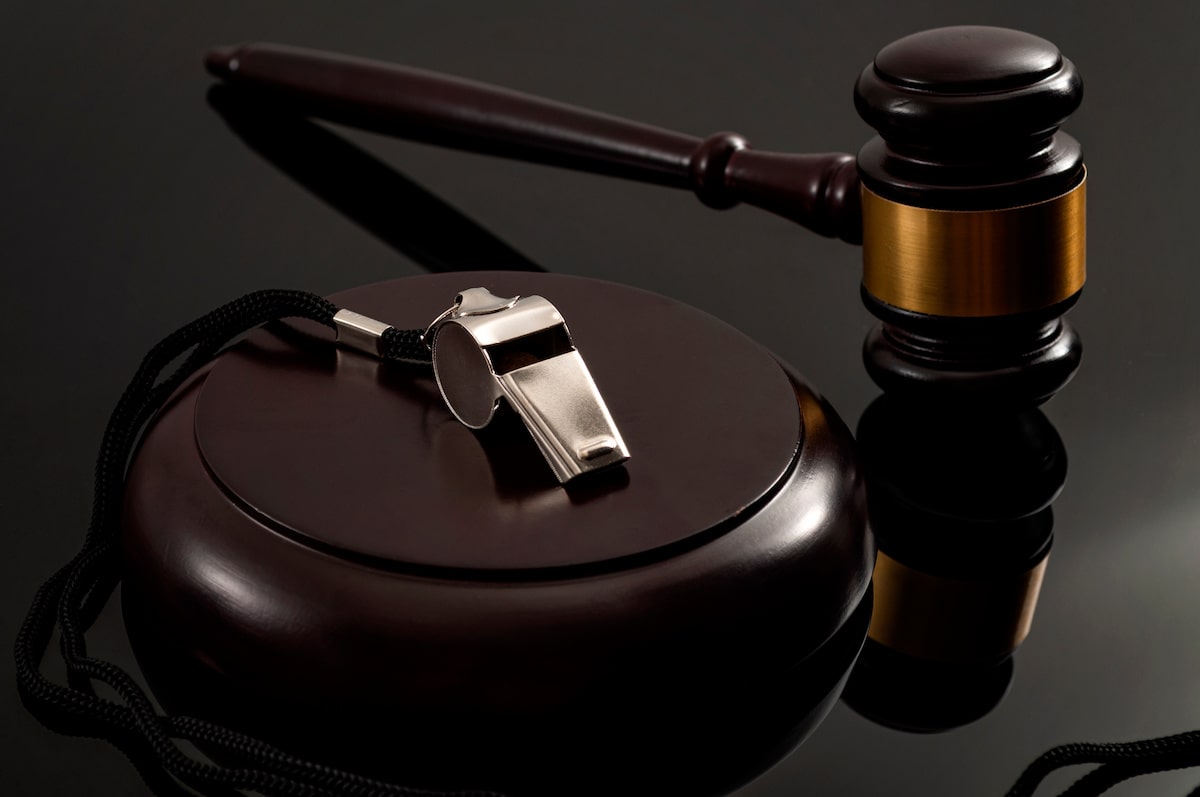When determining if there is coverage for a claim, the first document attorneys, homeowners, and adjusters will look at is the policy. We often instruct adjusters or homeowners to request a certified copy of the policy to make sure that we have a complete, accurate copy. In that regard, it is often presumed that if you are provided with a “Certified Copy” it is accurate and the policy in place at the time of the loss.
Recently, I was reviewing a policy and was intrigued to find the above stamp on the policy. Rather than certifying that a true and correct copy of the policy was attached, the stamp provided a slightly different attestation: true and certified “to the best of our knowledge.” A slight, but probably more accurate statement of what a certified copy of an insurance policy actually is.
Most times a certification is performed by someone in the underwriting department who is merely signing an attestation page that the policy is true and accurate. What amount of research goes into determining whether the certified policy is accurate is usually unknown by the policyholder. After all, the certification does not discuss the steps the underwriter went through to determine its accuracy. Even if the underwriting department spent to time to review and certify the policy’s contents, there is not guarantee the “certified copy” is the policy issued to the insured. Rather, it is more accurately, true and certified “to the best of our knowledge.”
Therefore, even if you receive a “Certified Copy” of the policy it is still a good practice to take the time to review the applicable declarations and/or forms schedule and compare it to the policy pages you are provided. Match up each of the policy forms to the declarations/form schedule to confirm that you do in fact have a complete and accurate copy of the policy—at least to the best of your knowledge.



